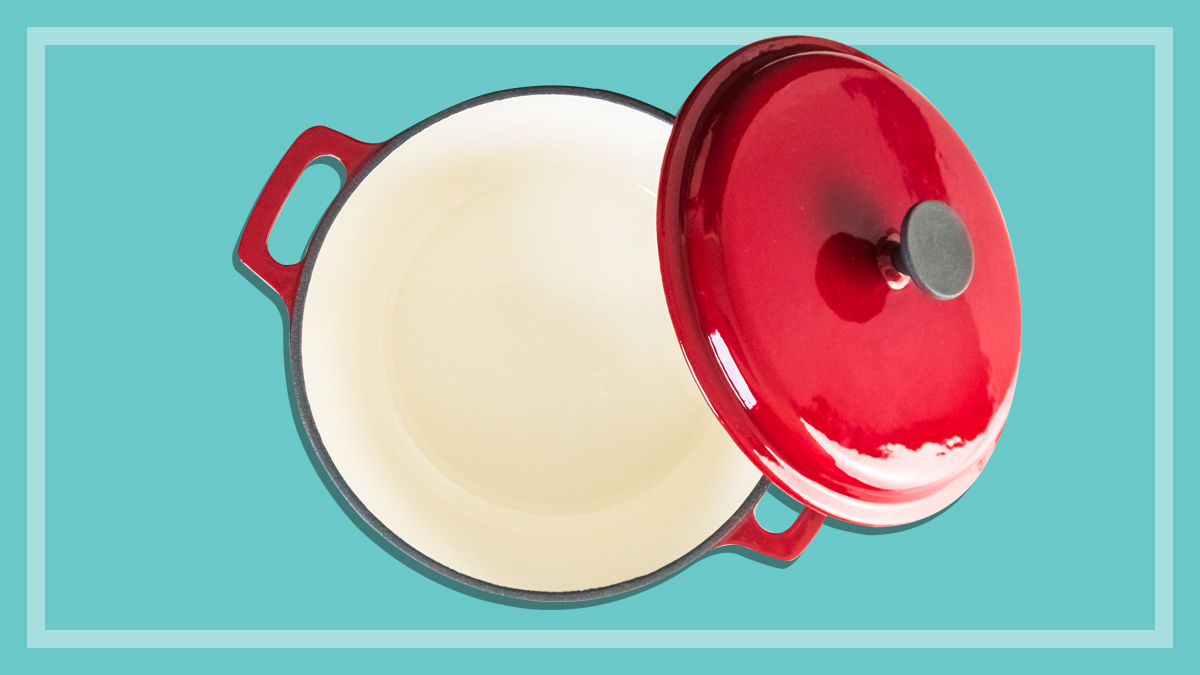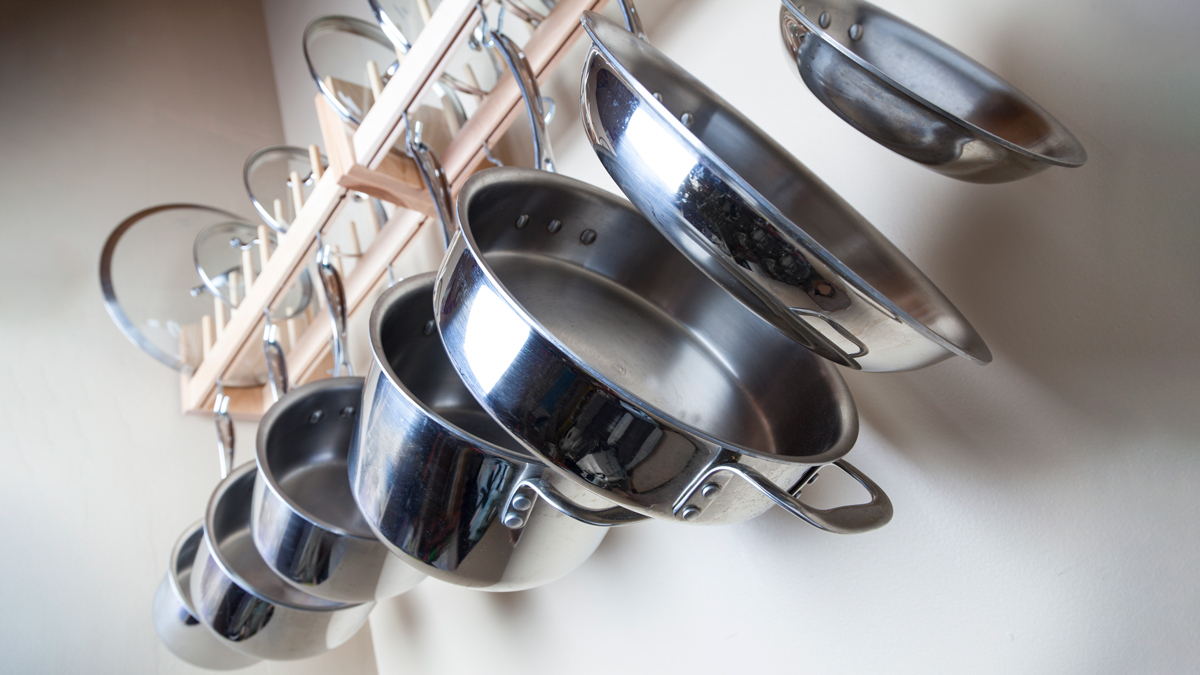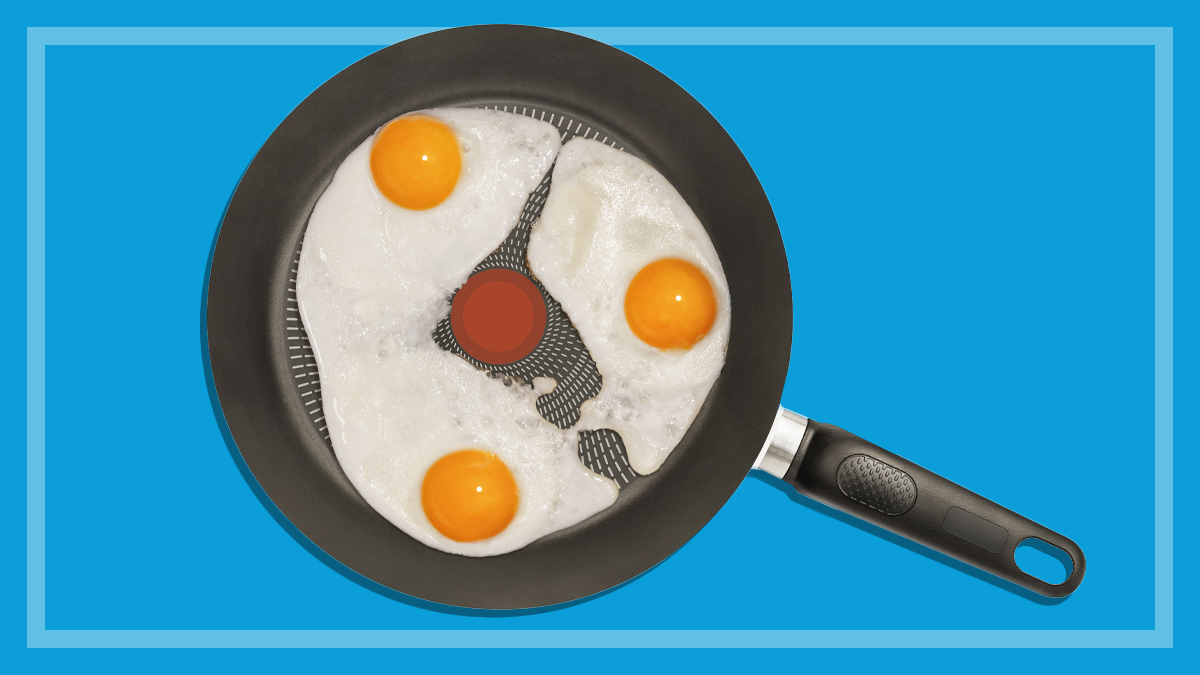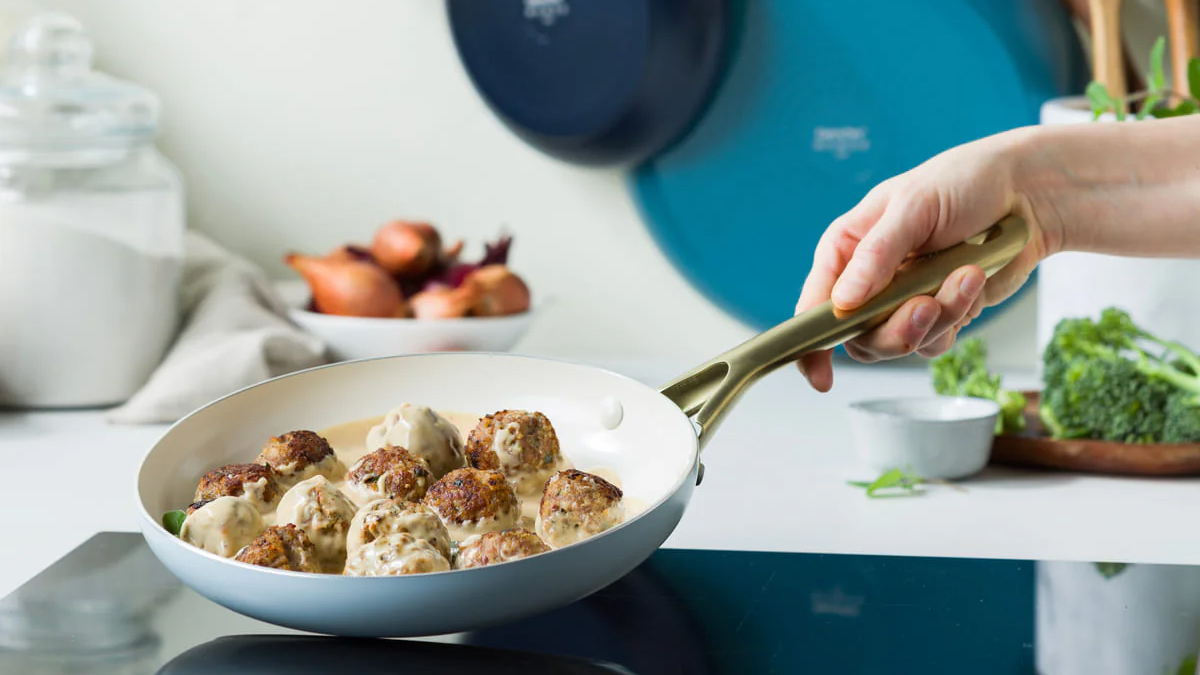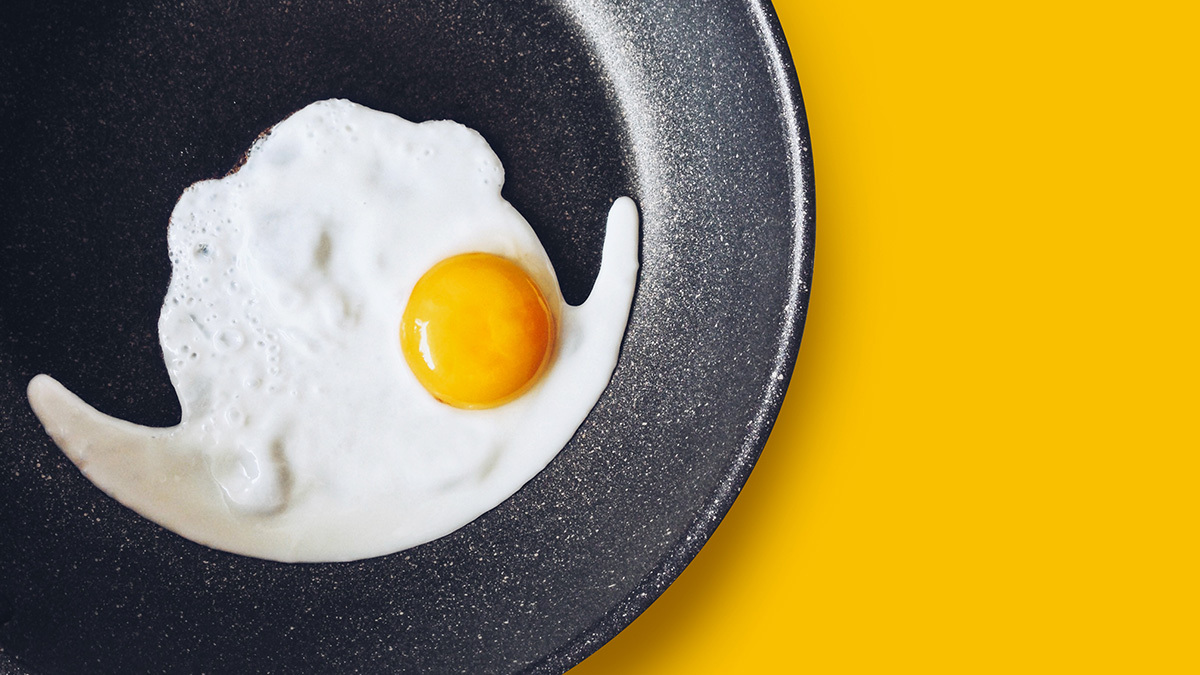Get our independent lab tests, expert reviews and honest advice.
Should you buy a cheap cast-iron Dutch oven from Aldi or Kmart?
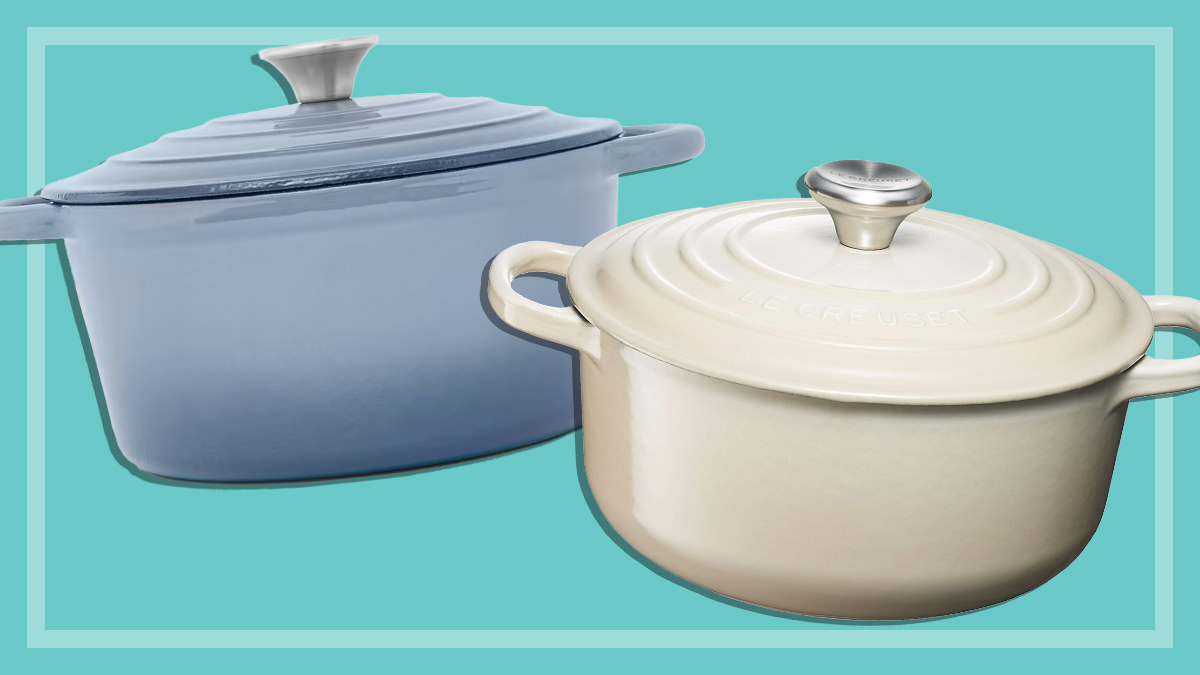
Need to know
- Dutch ovens, also known as cast-iron pots, can vary wildly in price, from $25 for an Aldi or Kmart cheapie to more than $700
- Our kitchen experts have tested and reviewed a range of market-leading cast-iron pots. We look at cooking performance as well as how easy they are to use and clean
- CHOICE members can access our extensive product reviews, but here our experts and members of the CHOICE Community give you some advice to help you buy
A cast-iron casserole dish (or Dutch oven) is one of those classic kitchen items that are often given as a wedding gift because of their versatility and longevity.
Some people consider them an heirloom item worth investing in, and they can easily cost upwards of $500.
But in recent years, many mid-range and low-cost options have come on the scene, offering curious home chefs a more affordable entry point into cast-iron cooking.
And since they’re all made from the same materials, many people are now wondering whether the hefty price tag for some of the high-end models is justified, or if a cheaper pot could do the job just as well.
Many people are wondering whether the hefty price tag for high-end models is justified, or if a cheaper pot could do the job just as well
Two budget cast-iron Dutch ovens are perennial favourites among home cooks: a 4L Anko cast iron casserole pot available at Kmart and Target, and the Aldi Crofton Dutch oven that Aldi releases twice a year in its Special Buy sales.
The prices are certainly appealing: less than $30, which is cheap as chips when compared with some big-name brands such as Le Creuset, Chasseur and Staub which make cast-iron cookware that can cost more than $700.
But will a cheap pot go the distance and what does paying more for a cast-iron pot actually get you?
Our kitchen experts have tested and reviewed some of the market-leading cast-iron pots. Here we share some of their advice and thoughts from our CHOICE community.
Should you buy an Aldi Dutch oven?
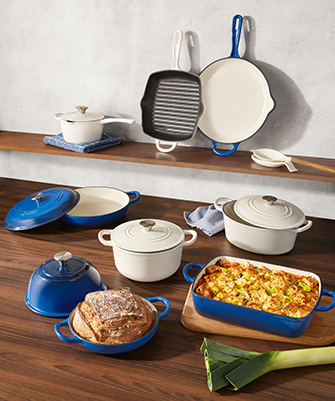
Aldi’s cast-iron Dutch oven goes on sale on Saturday 7 June as part of its Special Buy sales.
It’s priced at just $26.99 and comes in blue, white and pale green. It also sports a five-year warranty, which is impressive for the price.
Expensive brands such as Le Creuset and Chasseur have lifetime warranties, so five years for a Dutch oven costing a tiny fraction of the price is absolutely not to be sniffed at.
You can also pick up a range of other cast-iron cookware in the Special Buy sale, including cast-iron bread ovens, roasting pan, frypan, grill pan and French pan – all for under $40.

Aldi vs Anko Dutch ovens: How do they compare?
With just a few dollars separating them, cast-iron Dutch ovens from the two retailers are easy on budgets compared to high-end versions, but what are the differences between them?
- Warranty: Aldi offers a five-year warranty versus Anko’s one-year warranty.
- Durability: Both pots developed chips on the edges of their lids when we conducted a durability test by lifting the lid on and off 25 times.
- Staining: Both the Aldi and Anko products develop stains from acidic foods, and over time both the interior and exterior become significantly stained.
- Interior: Aside from staining, both pots’ interior enamel can be easily scratched.
- Lid handle: For both products, the lid handle thread weakened during testing. It twists easily but our testers were able to tighten it with a screwdriver.
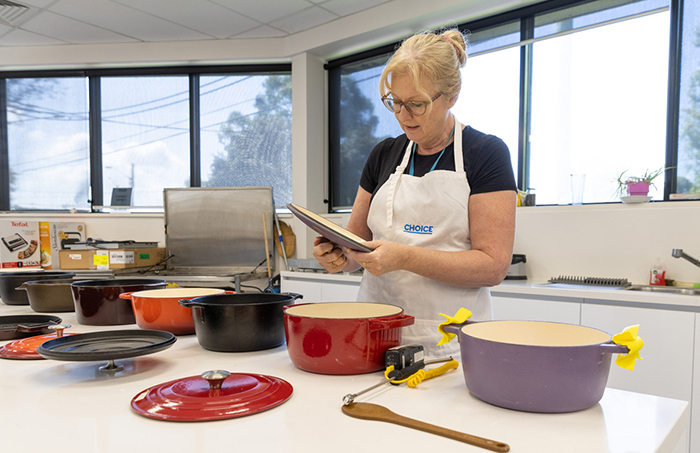
What CHOICE testing says
In our most recent tests of 24 market-leading cast-iron pots, our experts saw varied results. As is often the case, price is not always a reliable indicator of performance.
Although we’re unable to recommend it, the Kmart cast-iron pot did perform comparatively well in many of our tests.
For example, it scored an impressive 95% in our bolognaise sauce test (we use this to assess the Dutch oven’s ability to slow cook while maintaining a low temperature for a long period of time and its ability to brown the meat evenly).
See the full Kmart casserole dish review.
The Aldi Dutch oven also didn’t score highly enough to be recommended by our experts, but it also performed well on some tests – notably for cooking brown rice, which assesses things such as cooking evenness, ability to maintain heat at the lowest temperature setting, non-stick ability and how well the lid seals.
Read the full Aldi Crofton cast-iron Dutch oven review.
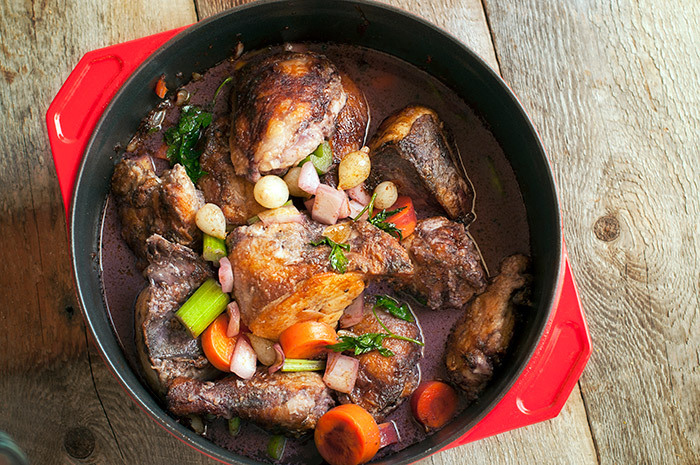
Cheap cast-iron pots: How do they fare over time?
With such a huge price difference between cast-iron pots from brands such as Aldi and Kmart and high-end brands such as Staub and Le Creuset, what do diehard users of these types of pots say?
“We bought a budget Kmart cast-iron pot for $29 about five or so years ago and it has been a great companion in the kitchen,” says one CHOICE Community member. “The only thing we have noticed is that the enamel lining the inside of the pot has significantly discoloured over time… but apart from this, it has been well and truly a good pot.”
Our kitchen expert Fiona Mair agrees: “I have an Aldi and a Kmart Dutch oven. I’ve had them for more than five years and they both get a good workout.
I have an Aldi and a Kmart Dutch oven. I’ve had them for more than five years and they both get a good workout
CHOICE kitchen expert Fiona Mair
“I have noticed that after a year they did lose the smooth interior coating which helps to prevent sticking of food such as rice or pasta. If I’m cooking a soup or casserole I have to stir it constantly, even on a simmer, to ensure it doesn’t stick.
“As they age, staining does become more obvious and they become trickier to clean. They are cheap enough that you could replace them every few years, although you have to consider the impact that has on the environment in terms of unnecessary waste.
“They are recyclable though, so that’s good news if you would rather opt for a cheaper pot that you can then replace.”
CHOICE staff offer their thoughts
Often selling out fast, it’s not only the super-cheap price that has won the Aldi cast-iron Dutch oven fans. We asked a few CHOICE staff members who have bought the Aldi cast-iron pots in the past whether they felt the purchase offered value for money.
CHOICE staff member Laura has owned an Aldi Dutch oven for 12–18 months, using it two to three times a week. She says she is “absolutely” satisfied with the purchase, although she has noticed very recently that some of the red coating on the outside has chipped off a little.
“I haven’t used any of the premium brands so I can’t compare it, but it works well, heats evenly, looks good and does the job it’s supposed to do,” she says. “No complaints.”
Another CHOICE staff member Emily owns both a cast-iron French pan and a Dutch oven from the Aldi range that she uses about once a month.
“I’m very satisfied,” she says. “Food cooks pretty evenly and heats up pretty quickly. I find food tastes nicer when I cook on cast-iron versus other pans. The coating hasn’t come off in the time I’ve used it, although there are some stains I’ve struggled to remove and a couple of scratches from when I used a metal spoon.
I find food tastes nicer when I cook on cast-iron versus other pans
Emily, CHOICE staffer
“I do try to hand wash the pots and pans after they’ve cooled, but on rarer occasions have thrown them into the dishwasher. They were very affordable and I’ve found them to be very good value for money. More so if you stick to the care instructions provided.”
CHOICE staff member Peter says: “We have an Aldi cast-iron cooking pot and it’s been very good. I think we probably have had it for at least five years, but recently the handle on the top of the lid broke – and I’m going to have to chase a replacement handle, as it’s not repairable.
“We also have a Le Creuset pot, which again we’ve had for a long time. No problems with the lid handle on that. The Aldi one was substantially cheaper, but generally works pretty well.”
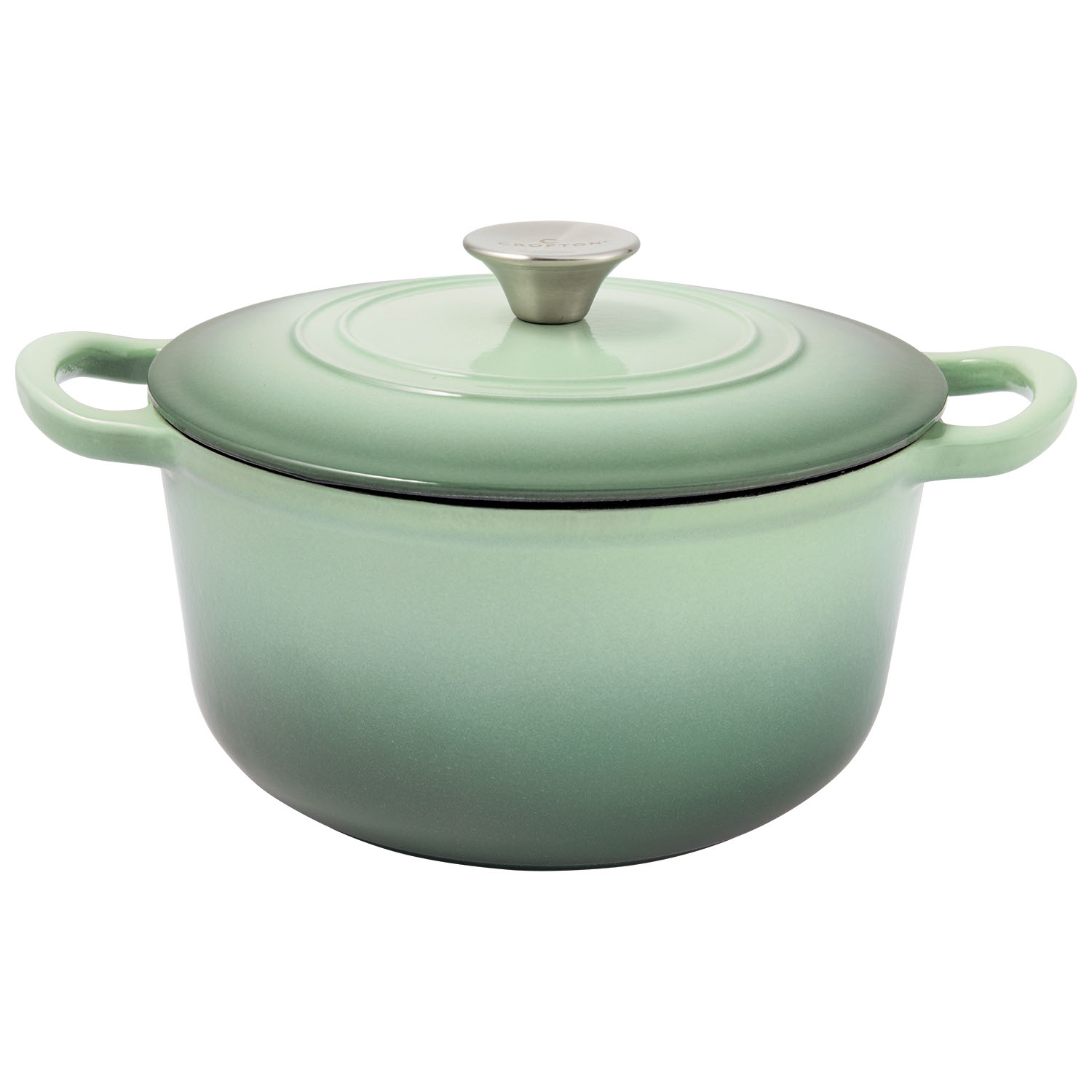
Colours and styles
Another selling point of more expensive brands of enamel-coated Dutch ovens are the colours and sizes available.
CHOICE kitchen expert Chantelle Dart says: “The Anko pot is available in just one size and shape and a few colours – the Aldi range is similarly restricted. So, if you don’t like those colours or they don’t fit with your kitchen, you’re stuck.
“In contrast, Chasseur and Le Creuset, and even mid-range brands that cost a couple of hundred dollars, offer much more choice when it comes to colour. They are constantly releasing pots in on-trend, must-have shades that can fit with both modern and traditional kitchens.”
CHOICE tip: You can often pick up heavily discounted pots from premium brands because they are in “last season’s” colour range – if you don’t have your heart set on a particular shade, it’s a great way to pick up a bargain.
How to choose the right size
And what’s the most versatile size if you just want to buy one Dutch oven?
Chantelle recommends one with a capacity of about five to six litres (roughly a 26cm round pot): “It’s versatile and great for a family of around four, or for cooking a meal for two and freezing the leftovers. You’ll get good use out of it.”
If you have an induction or ceramic cooktop, consider the size of your cooking zone before you buy. It’s best that you choose a pot that fits well with the size of the heated zone for better cooking efficiency.
Should I splash out on a Le Creuset or Chasseur casserole dish?
If you can afford the initial outlay of cash, a high-end Dutch oven can last you 20 years or more before it shows signs of wear and tear.
This is especially true of non-coated cast-iron pots – because they don’t have enamel, the surface won’t chip or discolour so they can last a lifetime.
Products from brands such as Le Creuset usually come with lifetime guarantees, so you can always replace it if you have issues. They also have added features, such as interchangeable knobs you can switch between, depending if you are cooking on a stovetop or in the oven.

